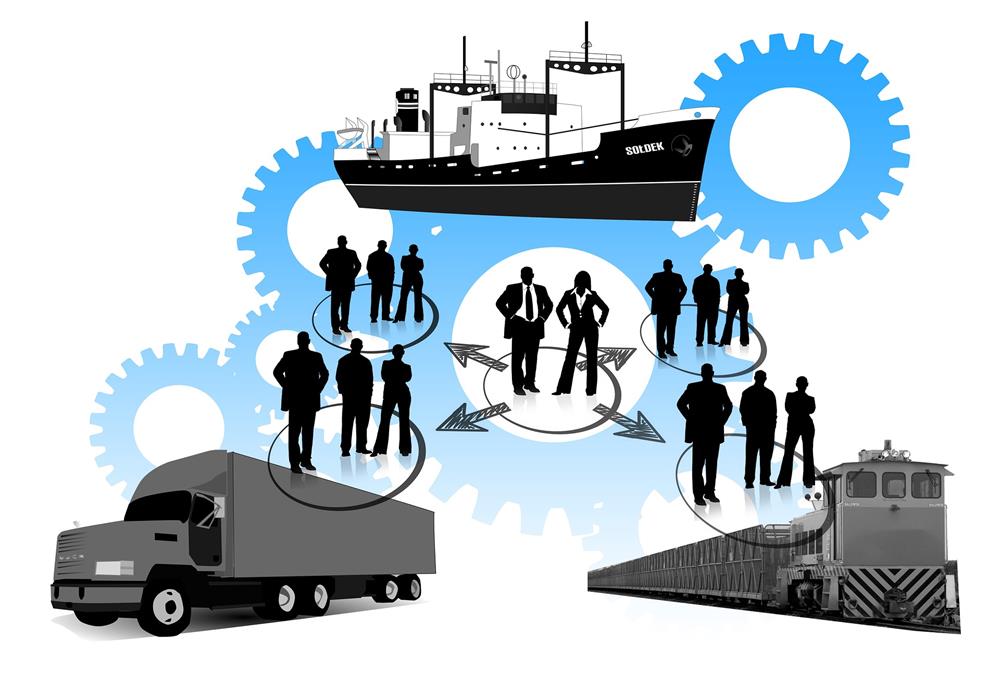- Home
- Business Processes
- Industry Knowledge
- Aerospace Industry
- Automotive Industry
- Banking Domain
- BFSI Industry
- Consumer/ FMCG Industry
- Chemicals Industry
- Engineering & Construction
- Energy Industry
- Education Domain
- Finance Domain
- Hospitality Domain
- Healthcare Industry
- Insurance Domain
- Retail Industry
- Travel and Tourism Domain
- Telecom Industry
- Leadership Skills
- eLearning
- Home
- Functional
- Cash Management
- What is Order to Cash
What is Order to Cash
Learning objectives for this lesson are: Meaning of Order to Cash Process; Sub Processes under Order to Cash; Process Flow for Order to Cash; Key Roles & Transactions; Key Setups/Master Data Requirements.
Meaning of Order to Cash
- Order to Cash (also known as O2C) manages the life-cycle of a sales process
- This process encompasses the sub processes of receiving and processing customer sales
- A contractual relationship is established with the buyer (This is an Optional step and some businesses need a formal agreement before they can execute orders)
- Orders are received via different sales channels
- Orders are fulfilled through shipping and logistics
- Invoice is generated and booked as Sales
- Debt is recorded and pursued through collections management
- Funds are received and accounted using cash applications
Sub Processes under Order to Cash Functional area:
- Credit Management
- Managing the credit profile of your customer and putting checks and holds on amount of credit that can be extended to one customer
- Order Management (Creation of order/Booking of order)
- The process from taking the order and booking the same in the system
- Order Fulfillment
- Making sure that the firm has the product available that can be shipped to the customer
- Distribution – Shipping and Logistics Management
- Actual shipping of the product to the customer
- Invoicing/Customer Billing – Account Receivable Process
- Raising an invoice to the customer as per the regulatory requirements
- Customer Collections
- Dunning process and reminding customer about outstanding dues and collecting the money
- Cash Application
- Accounting for the cash against a particular invoice
- Dispute Management
- Handling disputes or adjustments arising in the natural course of business
Process Flow for Order to Cash Process
- Sales Quotation
- Providing a quotation about the quality, price and conditions of sale or product
- Sales Order
- Acknowledging the receipt of an order from the customer and its specifications
- Credit Management
- Ensuring the customer is credit worthy and credit can be extended to the customer
- Shipment
- Sending the goods to the Ship To location; and sending the invoice to the bill to location
- Billing/Invoicing
- Sending the invoice to the customer that is fully complaint with the legal framework
- Collections Management
- Reminding the customer, issuing dunning letters and collecting the money
- Dispute Management
- Addressing the disputes or adjustments due to various reasons
- Customer Returns Management
- Handling the goods that have been returned by the customer
- Customer Payments
- Receiving the payments from customers and depositing them in bank
- Cash Application
- Knocking off a particular invoice against the cash or payment that has been received
- Accounting
- Ensuring proper accounting during the process
- Reporting
- Making available the required reports to the management
Key Roles during the process - Order to Cash
- Sales Personnel
- Order Entry and Management
- Account Receivable Accounting
- Finance
- Materials Management
- Partner / Customer Management
- Key Transactions during the
- Order to Cash Process
- Sales Quotation
- Sales Order
- Goods Shipment
- Return from Customer
- Return Material Receipt
- Create Shipments from Orders
- Sales Invoice
- Create Invoices from Orders
- Generate Invoices
Key Setups / Perquisites
Some key master elements or setups are prequiste to this process before transactions can take place in any ERP or system:
- Sales Products
- Prices configuration
- Customers Setup
- Credit Scores/Credit Management/Credit Holds
- Shipping Rules
- Ship to/Bill to Setups
- Sales Document types
- Sales Invoice Formats / Commissions and Accounting Rules
- Taxes on Sales – Tax Setups
- Sales Agreements Setups
- Revenue Recognition Rules
Related Links
You May Also Like
-
One of the warehousing best practices that retailers like Walmart, Amazon, and Target have adopted is known as cross-docking. During this process the inbound products are unloaded at a distribution center and then sorted by destination, and eventually reloaded onto outbound trucks. In real parlance, the goods are not at all warehoused but just moved across the dock (hence the name).
-
When products arrive at a facility, there need to be a defined process to let them in. The process for accepting inventory when it arrives is called "Receiving". Any warehousing operation must be able to receive inventory or freight from trucks at loading docks and then stow them away in a storage location. Receiving often involves scheduling appointments for deliveries to occur, along with unloading the goods and performing a quality inspection.
-
Transport operations are often divided into full load and part load and due to economies of scale, the unit costs are higher for part loads. Our customer needs several part loads delivering, so it can reduce costs by consolidating these into full loads. Then it gets all the part loads delivered to a warehouse near the suppliers, consolidates them into full loads, and pays the lower costs of full-load transport to its operations.
-
The Outbound process starts with routing the shipments. The Outbound execution process starts from the point when pick tasks are completed for an outbound shipment and ends at the point where the outbound packages are loaded into trailers. The Warehouse Outbound process includes managing and controlling outgoing materials starting from the download of orders through to the shipping of products from the warehouse.
-
Resource Planning is the process of planning for expected workload and determining the number of resources required to complete each activity in the warehouse. There are many types of warehouse positions, and they also vary by the employer, the scale of operations and location. Discussed here are generic positions applicable to warehouse management processes.
-
Before shipping, businesses need to make sure that the items will arrive in good condition. Packaging is a form of protection against environmental threats that the product will face from the time it leaves warehouse facility until the time it reached the customer. The packaging is intended to provide protection for the item as it is being handled in the warehouse or when the item is being shipped.
-
In the normal course of business, customers are likely to return orders from time to time due to various reasons and business should design processes the manage and accept such returns. A well designed returns management process can reduce costs and issues associated with returns or exchanges.
-
This article discusses the key documents generated during the order to cash process. Learn the documents that are created while processing AR transactions and business significance of each of these documents. This article is applicable to all ERP's and systems.
-
Inventory is money, and hence businesses need to perform physical inventory counts periodically to make sure that their inventory records are accurate. The traditional approach to conducting inventory counts is to shut down a facility during a slow time of year to count everything, one item at a time. This process is slow, expensive, and (unfortunately) not very accurate.
-
What is the difference between Warehouse Management & Inventory Management?
The terms “inventory management” and “warehouse management” are sometimes mistakenly used interchangeably as they both deal with operations and products of industries. Despite their few similarities, there are many notable differences between warehouse and inventory management systems.
Explore Our Free Training Articles or
Sign Up to Start With Our eLearning Courses

About Us
Learning
© 2023 TechnoFunc, All Rights Reserved










